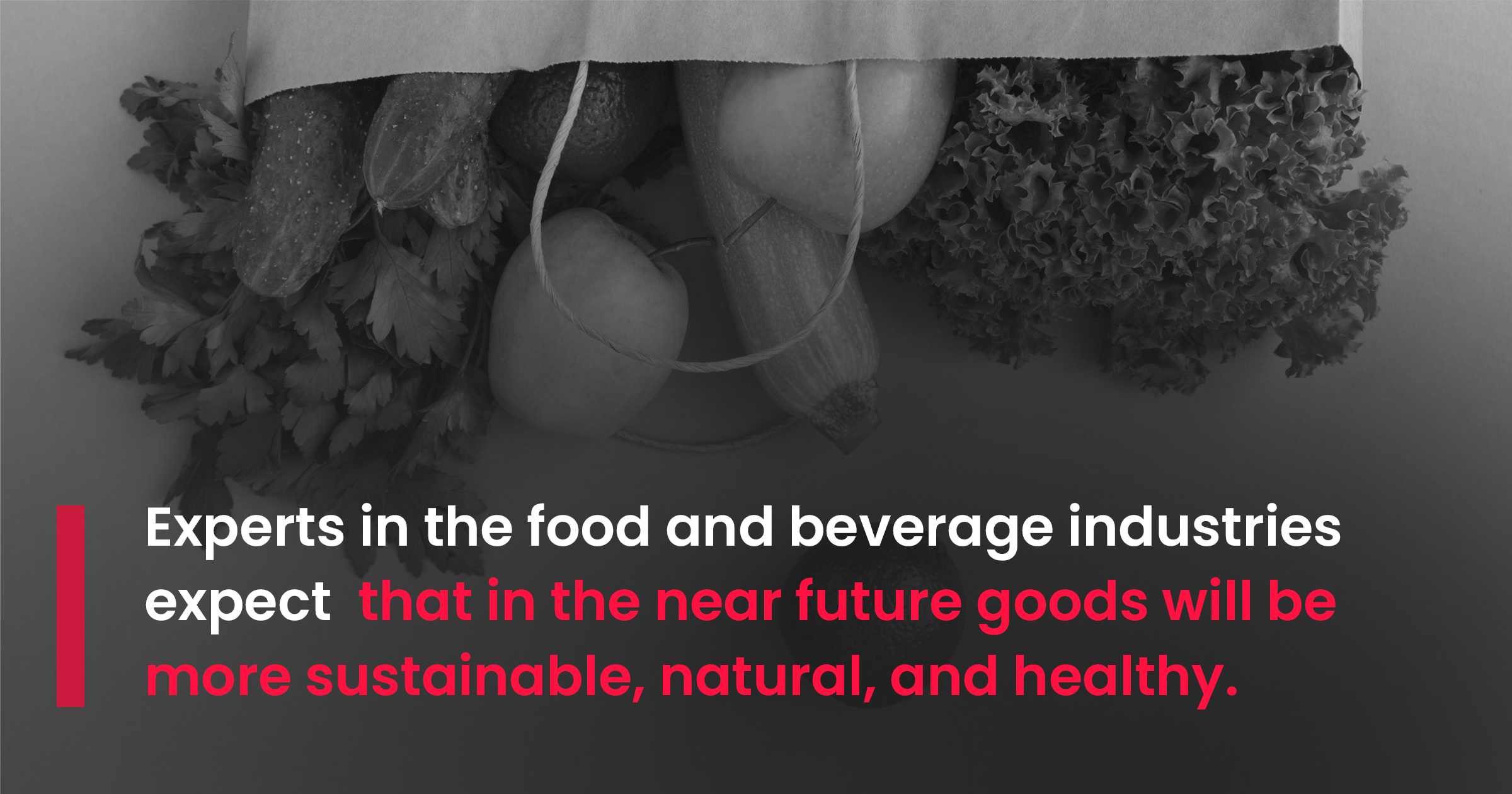To keep pace with the evolving consumer goods industry and customers’ preferences, manufacturers, suppliers, and retailers must prioritize and adapt to rapid global changes. Why?
The reason is simple: continual problems that cause supply chain disruptions, such as geopolitical issues and extreme weather events, and a growing number of customers who want to buy environmentally friendly products.
In this article, we analyze the latest sustainability trends in manufacturing consumer goods. You can also check out some case studies where we explain how RightAngle helped its clients to achieve their goals.
Brief facts about the importance of sustainability for companies and their clients:
- Did you know that 80% of an average company’s greenhouse gas emissions (GHG) come from the supply chain?
- According to a Deloitte study, 76% of CEOs claimed their organization supports the ‘circular economy’ approach, which promotes reusing, recycling, renovating, or repairing products.
- In the same study, executives from companies producing household goods said they focused on more eco-friendly packaging (42%), and sustainable products (45%).
 Is sustainability the first thing consumers think of when purchasing?
Is sustainability the first thing consumers think of when purchasing?
According to a Pew Research Center 2021 survey, young consumers stated that they had prioritized environmental concerns when buying goods in the recent past. Indeed, in the U.S., sales of goods featuring sustainability-related claims exceeded those of goods lacking such claims.
Yes, it’s true that the younger generation says it really cares about the environment, and yet, lately, there’s been a “but.” Due to inflation and economic uncertainty, people are increasingly making compromises, according to a McKinsey report.
Below you can see a visualization of the value of a product as opposed to customers’ values. It shows how younger clients are less focused on the importance of sustainability in their purchases.

*E-U5 – France, Germany, Italy, Spain and the United Kingdom
In early 2024 (as opposed to 2023), fewer people, especially among Gen Z and millennials, both in the U.S. and Europe, rated sustainability as a deciding factor when making purchases.
In addition to making sustainability less of a priority when making purchases, young people are also less inclined to pay more for sustainable goods.
Sustainability trends in manufacturing consumer goods
Here are five sustainable manufacturing practices that transform consumer goods and create positive impacts along the supply chain.
1. Smart production (including energy management systems)
Manufacturing is changing as a result of digitalization. Smart manufacturing involves real-time data and automation that help to reduce waste and emission levels while improving productivity.
For instance, the use of energy management systems (EMS) makes it possible for firms to analyze and adjust the level of energy use.
A common practice in EMS is the employment of virtual simulations to develop, evaluate, and improve operations without using excessive amounts of resources.
Smart production case study
Burger King UK installed smart meters across its restaurant estate to enable half-hourly reporting on electricity usage. With support from an external consultant to process this data, it sends individual site-level reports to each of its restaurants weekly.
2. Sustainable product development via eco-friendly chemistry
Green chemistry principles focus on the use of bio-based substitutes and the reduction of hazardous chemicals.
Case study
A completely recyclable shoe composed of bio-based synthetic materials has been created by the Swiss sports shoe company, On.
On has also developed a subscription business model called Cyclon that, after six months (or more), allows customers to return their shoes to the producer for disassembly and receive a new pair in exchange. The old pair is washed and its materials are ground so they can subsequently be used to make new components.
3. Adopting the principles of the circular economy
Reusing, recycling, and refurbishing are essential elements of circular strategies that extend resource use and reduce waste.
 Case study
Case study
Nike has introduced a number of goods that follow the guidelines of circular design. The Nike Air VaporMax 2020 Flyknit is composed of at least 50% recycled materials. Another example is the company’s Space Hippie Collection, which is made from recycled plastic bottles and industry waste material.
4. Sustainable packaging
Redefining product packaging involves investigating reusable materials including metal, glass, and wood. Any kind of environmentally friendly material used to cover, keep, ship or store goods is considered to be sustainable packaging.
Some purpose-driven brands like Best Buy or HP introduce buyback programs using their Instant Ink subscription, which allows customers to give goods or packaging back for recycling or reuse. This in turn increases customer loyalty.
To reduce packaging waste, companies also use digital technology with some brands improving the visual appeal of their packaging by employing 3D technologies.
Case study
Allbirds, an environmentally friendly footwear business, uses a single-box approach to packing. Every shoebox is composed of 90% post-consumer cardboard and can be completely recycled.
How does RightAngle help consumer goods companies embrace sustainability?
Case study #1: Sustainable food packaging
One of RightAngle’s clients, a firm specializing in the consumer-packaged goods sector, reached out to us while working on a new project in sustainable food packaging.
 After an in-depth analysis, we curated a selection of specialists able to provide comprehensive information on key topics, including:
After an in-depth analysis, we curated a selection of specialists able to provide comprehensive information on key topics, including:
- Manufacturing processes
- Raw material supply
- Technological advances
- Cost implications compared to conventional, non-sustainable packaging solutions.
Our expert recommendations, combined with a detailed overview of the sustainable packaging landscape, offered the client valuable insights to drive their project forward effectively.
Case study #2: Best practices in packaging
Our next case study involves another respected client that engaged RightAngle to gain insights into best practices in packaging within the consumer-packaged goods sector, with a specific focus on cost-reduction techniques and innovation.
 After conducting thorough research, we identified subject-matter experts with specialized knowledge of:
After conducting thorough research, we identified subject-matter experts with specialized knowledge of:
- Packaging and bottling
- Innovative cost-reduction strategies
- Sustainable practices and product improvement techniques
The RightAngle team was thus able to assist the client in gaining insights that could drive packaging innovations and cost-efficiency in its future operations.
Final word
Companies are increasingly prioritizing environmental sustainability in their manufacturing processes, incorporating energy management systems, bio-based alternatives, and other eco-friendly measures. However, inflation has driven many consumers to prioritize affordability over sustainability. To address this challenge, adopting green practices that do not affect production costs could encourage greater consumer adoption of recyclable, refurbished, or renovated products.
Suggested reading:
Personalized customer experience in retail: statistics and trends
Luxurious brands are going digital. Fast. Here is why.
The Role of Expert Networks in Navigating the Real Estate Industry
Share to

